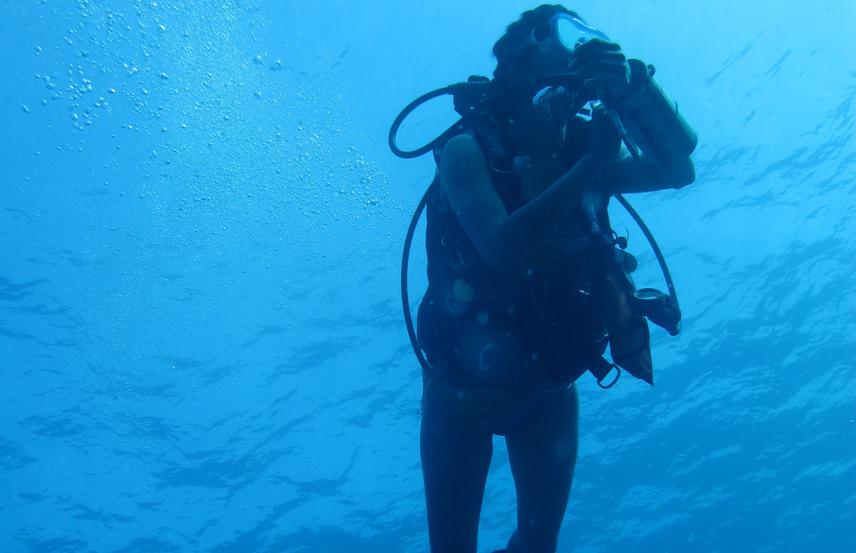Mahima Jaini
Other projects
5 Jan 2015
Linking Conservation and Livelihoods in Lakshadweep’s Fisheries: Long-Term Monitoring of the Live-Bait Pole and Line Tuna Fishery
Through this project we aim to gain a better understanding of baitfish populations in the Lakshadweep archipelago in light of physical, ecological and anthropogenic impacts. By involving local fisher folk in the research, we plan to establish long-term community-based monitoring of baitfish and eventually extend this to other marine resources in the island system.

One of the main sources of revenue in Lakshadweep, the tuna pole and line fishery is dependent on zooplanktivorous lagoon fish for live bait. Fishermen have expressed concern over declining live baitfish catch and alternative practises, such as long lining, which have a high level of by-catch, are being considered. Fishermen have blamed various factors for declining baitfish populations, namely: increasing turtle densities, increasing fisher densities, reef and seagrass habitat loss. Unfortunately, lack of records on the baitfish fishery, which targets over 40 different lagoon fish species, makes it difficult to understand causes for the perceived declines.
We propose to assess current baitfish populations via both fishery dependent and independent methods along a gradient of fishing pressure and other biological factors such as sea turtle populations, coral reef cover, community structure and sea grass beds. By paralleling our work to ongoing coral reef community structure research in Lakshadweep, we aim to tease apart the factors responsible for declines in baitfish populations in light of climate change and habitat loss. This study will be informed by inputs from fishermen and will have as its goal the design of a long term community-based monitoring programme that will enable fishing communities to evaluate the status of their own bait fish resources. The study will complement existing efforts in resilience research and community-based monitoring by the research team from Dakshin Foundation, Nature Conservation Foundation and the Indian Institute of Science.